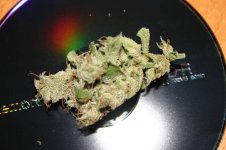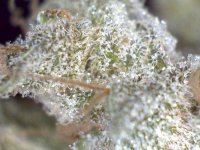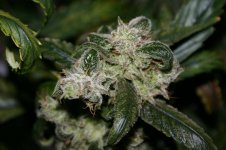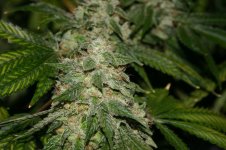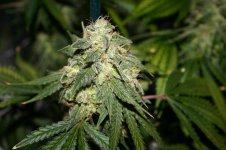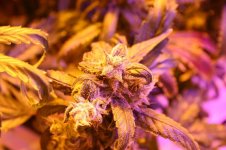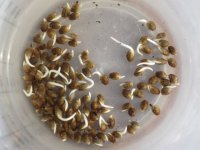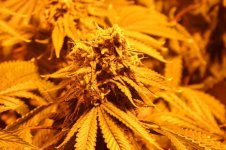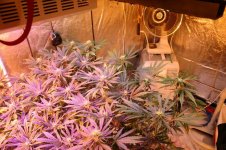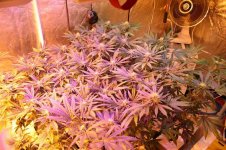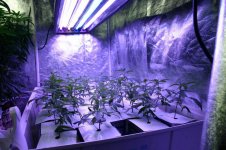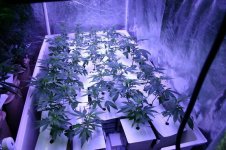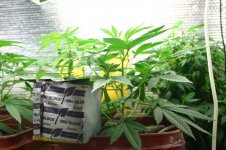tenthirty
Member
I wonder if your way of looking at this revolves around keeping your electric bill as low as possible, where as I want a very bright light (in the correct wavelengths) and am willing to pay a bit more to do so.
When a watt gets dissipated in a device (led), It's ether going to be converted as light or heat. Thus my infatuation with XM-L and XP-G2/E2's.
At the moment, the prettiest girl at the dance is cree IMHO, but that could change.
By the way, general rule of thumb,
If you can't grab a component or the heat sink in a electronic device. This is a bad sign.





